Blog Posts Tagged Technical Content
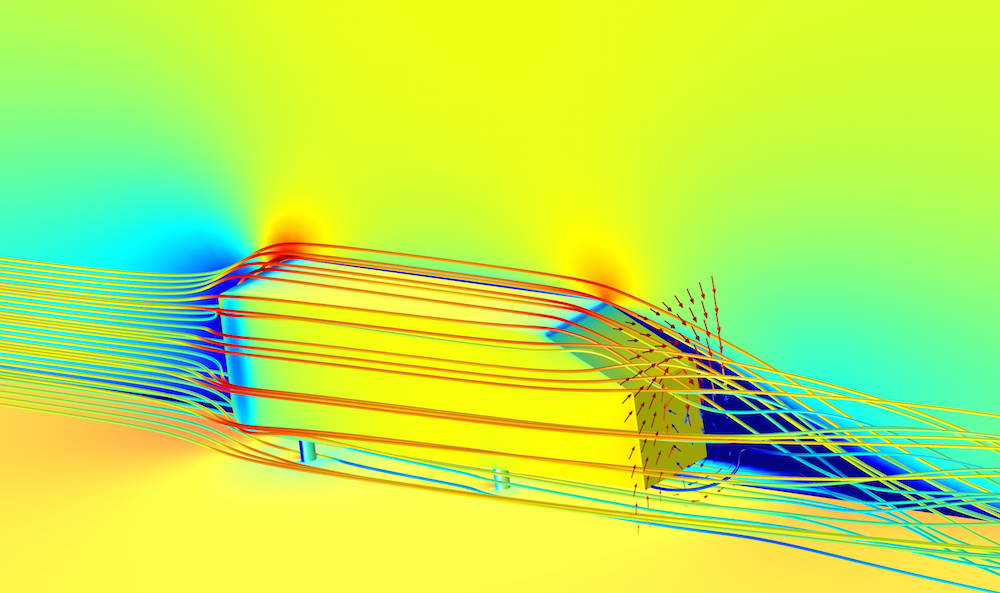
How Do I Compute Lift and Drag?
Analyzing lift and drag is an important task in many industries, such as automotive and aeronautics. Learn some different ways to compute lift and drag in COMSOL Multiphysics®.
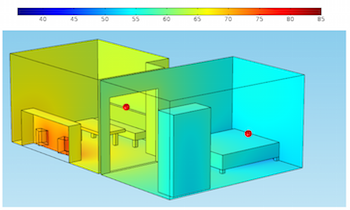
Sweet Dreams with Diffusion Acoustics
Did you know that the acoustic diffusion equation is the quickest and easiest way to model high-frequency acoustics? Get an introduction to the concept of acoustic diffusion here.
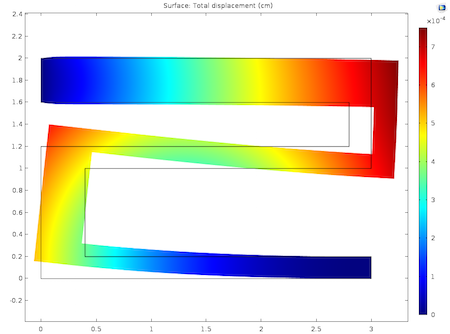
How to Model Hygroscopic Swelling
Hygroscopic swelling occurs in various sectors of industry, from wood construction and paper to electronics and food processing. Learn how to model this phenomenon in COMSOL Multiphysics®.
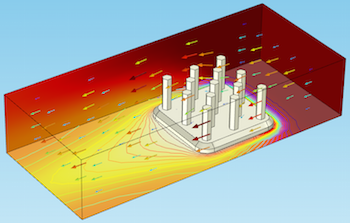
Useful Tools for Postprocessing in COMSOL Multiphysics
Layering plots; style inheritance; enabling and disabling grids, axes, and legends; showing mesh plots, and more: We go over some useful tools for postprocessing your simulation results.
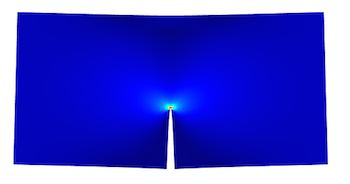
Singularities in Finite Element Models: Dealing with Red Spots
Seeing red? Explore common causes of singularities in your finite element models, as well as when and how to remove them and how to interpret your simulation results.
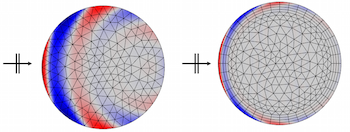
Modeling of Materials in Wave Electromagnetics Problems
Get an introduction to the various material models that are relevant to modeling wave electromagnetics problems in COMSOL Multiphysics®.
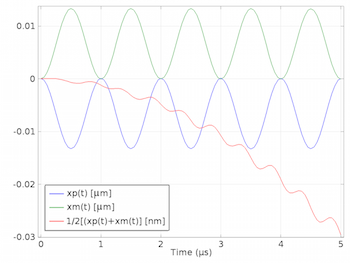
Direct FSI Approach to Computing the Acoustic Radiation Force
In a follow-up to a previous blog post, we demonstrate a direct fluid–structure interaction approach for computing the acoustic radiation force in COMSOL Multiphysics®.
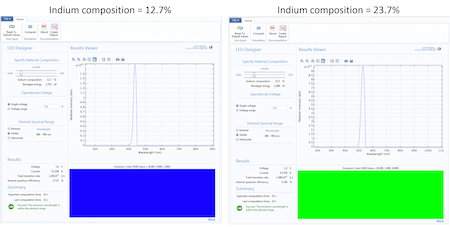
Creating a Wavelength Tunable LED Simulation App
Learn how to turn a model of an LED device into a user-friendly simulation app, which can then be used to assess the impact of different designs on the LED’s emission characteristics.
